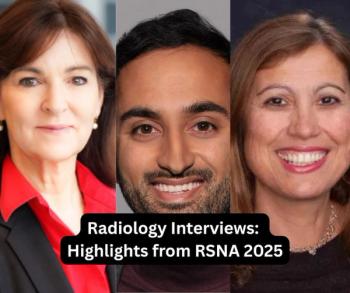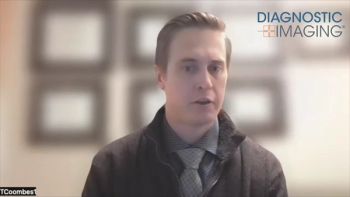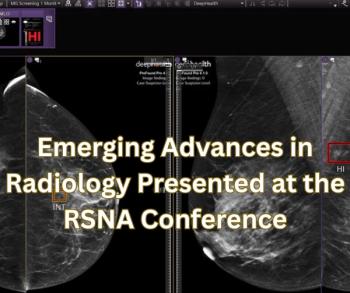
Report from WCC: 64-slice CT attracts global cardiology attention
Cardiologists have developed an insatiable thirst for practical information about the clinical applications of 64-slice CT, judging by the behavior of delegates at the World Congress of Cardiology held in Barcelona in early September.
Cardiologists have developed an insatiable thirst for practical information about the clinical applications of 64-slice CT, judging by the behavior of delegates at the World Congress of Cardiology held in Barcelona in early September.
Growing numbers of cardiologists are coming to realize that the new generation of scanners has important implications for the early and accurate diagnosis of heart disease. But gaps in their knowledge may prevent them from fully understanding and exploiting the opportunities presented by the technology.
The enthusiasm and excitement of WCC attendees for education about cardiovascular imaging were obvious. Plenary sessions and satellite symposia were particularly well attended. A GE-sponsored workshop, "Cardiovascular imaging revolution in coronary artery disease," was completely packed, with plenty of questions at the end of lectures and a real buzz throughout the room. Unlike some sessions organized by pharmaceutical companies, no free gifts or food and wine were supplied to bolster attendance.
More than 50 poster presentations featured CT. Of the 3000 or so posters, the second most viewed exhibit was about noninvasive evaluation of coronary artery stent patency and in-stent restenosis with 64-slice CT coronary angiography (D. Oncel, Izmir, Turkey). The sixth most popular reported the influence of age and cardiovascular risk factors on the volume of calcified and noncalcified coronary atherosclerotic plaque using 64-slice CT (M. Marwan, Cairo, Egypt).
Cardiologists were not, however, falling over themselves to acquire a new system. Most exhibitors noted that booth visitors were on a fact-finding mission rather than the acquisition trail.
"Cardiologists are having a greater say in purchases, but only in a few isolated cases are they actually buying a system for their department," said Cees Verlooij, a clinical application specialist for CT with Toshiba Medical Systems Europe in Zoetermeer, the Netherlands. "For cardiac imaging, a 64-slice machine is now essential because the breath-hold time is six to seven seconds, compared with 16 to 30 seconds for 16-slice CT."
A total of 25,533 active participants attended the WCC, along with 6131 exhibitors and 912 accompanying persons. The abstract book alone contained more than 1000 pages and weighed over 2 kg, and the A5-sized final program was another 730 pages. By comparison, the combined program and abstract book for RSNA 2005 weighed around a kilogram and was only 956 pages.
The following were some of the highlights of the scientific program:
- An Italian cost-effectiveness study found that the average cost per patient for the care of heart failure in 2004 was €1917 (hospital admissions 77%, drugs 20%, and specialist services 3%). Most of the costs were spent on patients aged 70 to 85 years.
- German research assessed the potential cardiovascular risk of roller coaster rides. Investigators from Mannheim found a pronounced rise in mean heart rates during these rides and reported that emotional stress is a strong contributing factor for the extent of heart rate rise. Women had a significantly higher maximum mean heart rate, and arrhythmias can be prompted by rides.
- A Swedish study showed that unskilled workers are twice as likely to die or receive hospital treatment for heart failure compared with professionals. This finding is independent of risk factors such as smoking, obesity, diabetes, hypertension, and physical inactivity.
Newsletter
Stay at the forefront of radiology with the Diagnostic Imaging newsletter, delivering the latest news, clinical insights, and imaging advancements for today’s radiologists.




























